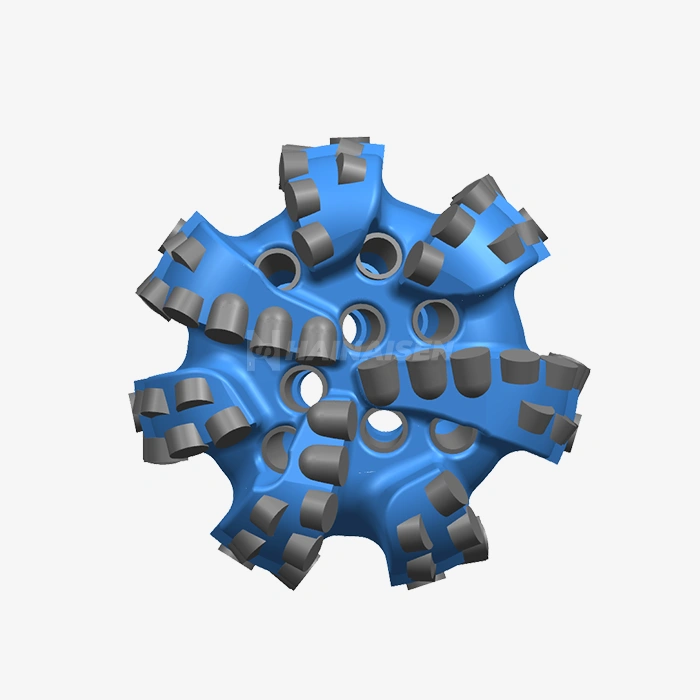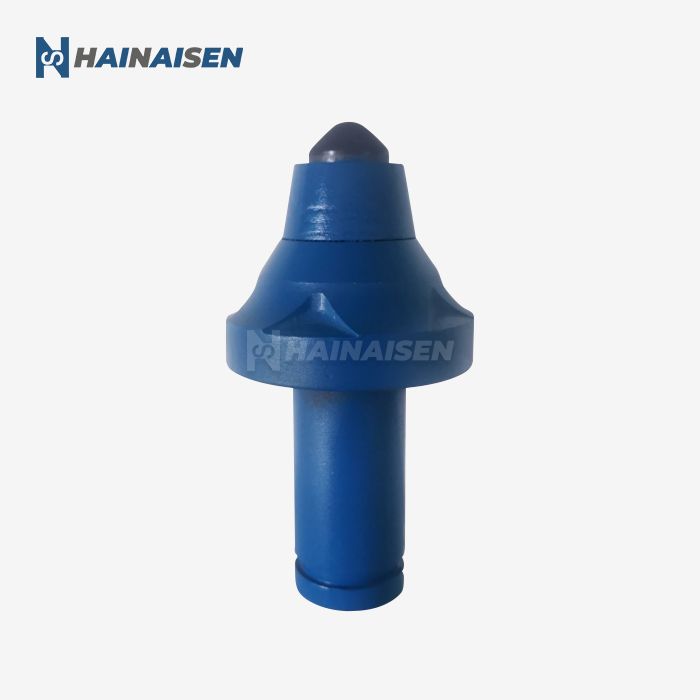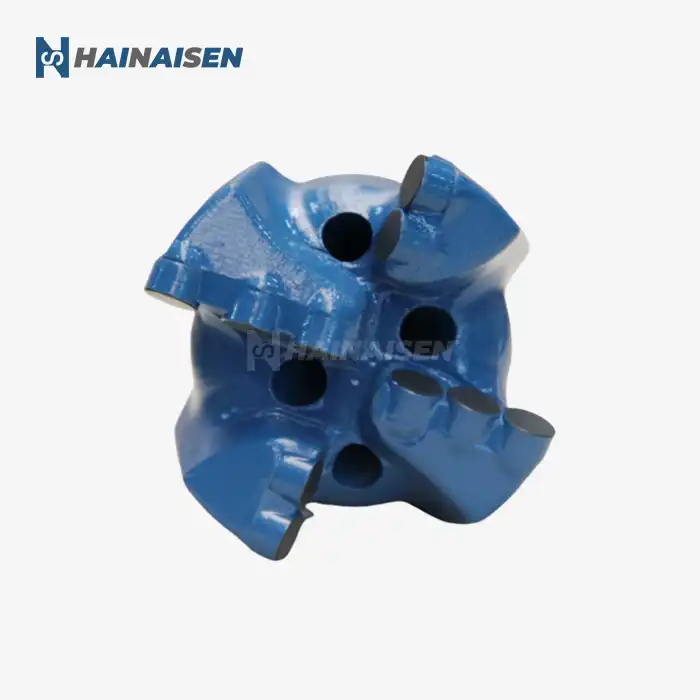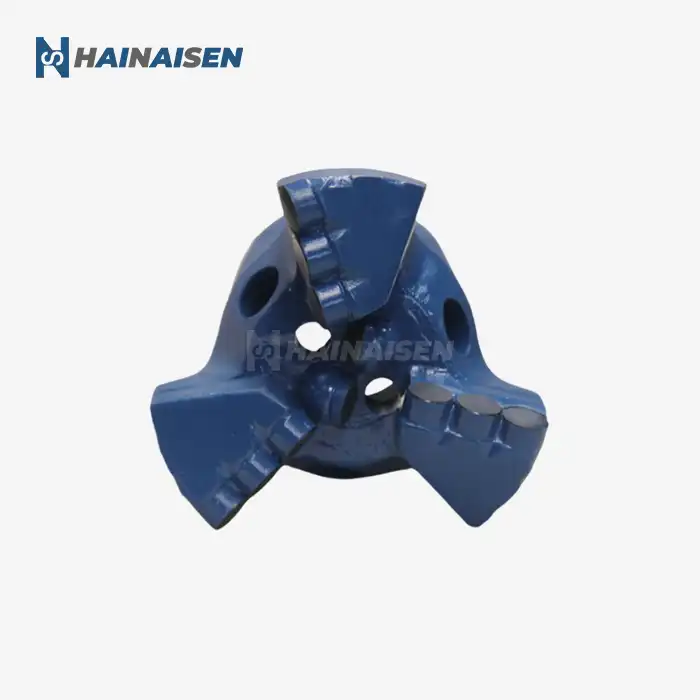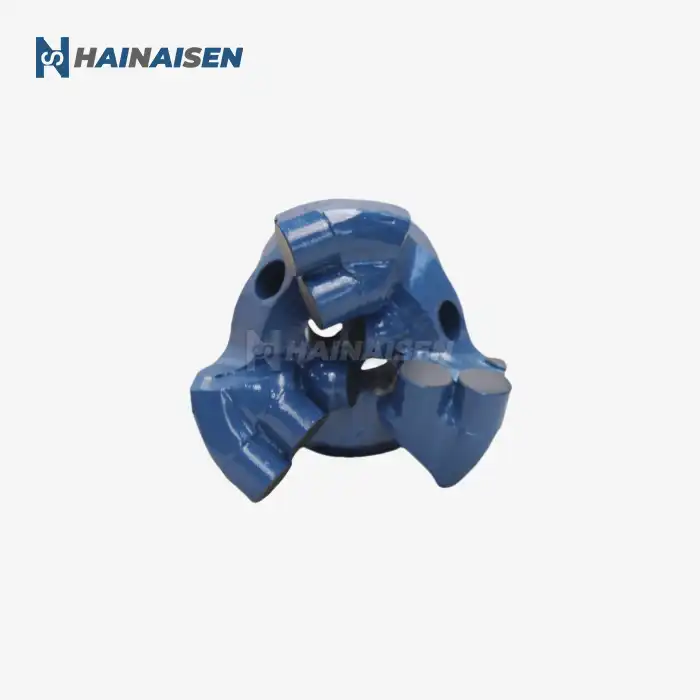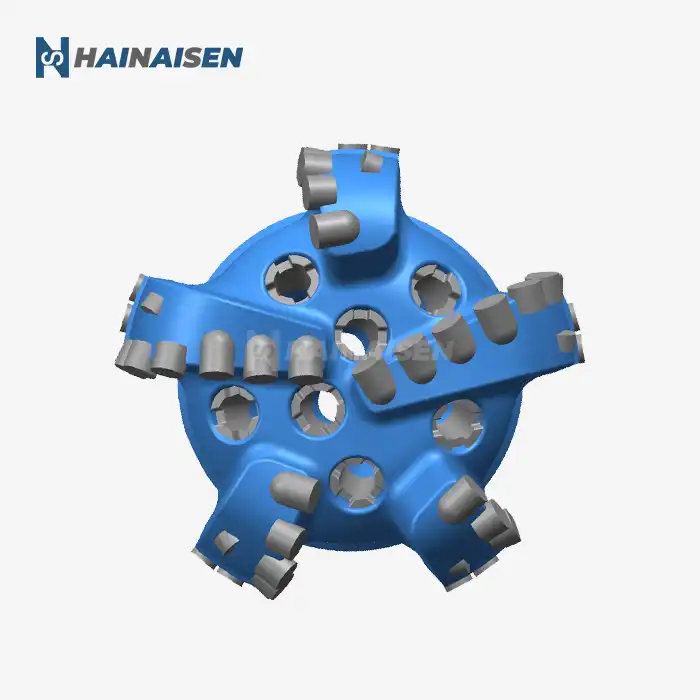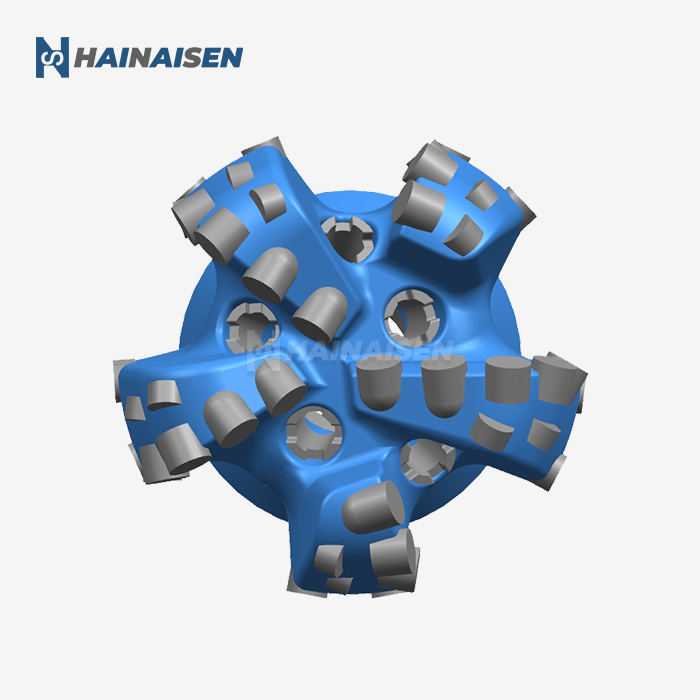Drilling Tool Coal Mining Bit vs. Shale: Key Differences in Durability & Cost
When comparing drilling tool coal mining bits to shale drilling bits, several key factors come into play. These differences significantly impact both the durability and cost-effectiveness of the drilling operations.
Material Composition and Durability
Coal mining bits are typically constructed with a high-grade steel body, incorporating tungsten carbide inserts for superior cutting ability. This composition allows them to withstand the abrasive nature of coal seams and the surrounding rock formations. In contrast, shale drilling bits often feature advanced PDC (Polycrystalline Diamond Compact) cutters, which provide extended life in the challenging conditions of shale formations.
The durability of coal mining bits is particularly notable in underground coal seam extraction and surface mining operations. Their robust design allows them to maintain performance even when encountering mixed coal and stone formations. Shale bits, while also durable, are engineered to excel in the high-pressure, high-temperature environments typical of deep shale plays.
Cost Considerations
When it comes to cost, coal mining bits generally offer a more economical solution for coal extraction operations. Their design focuses on balancing performance with cost-effectiveness, making them an attractive option for coal mining companies looking to optimize their operational expenses. Shale drilling bits, due to their advanced materials and complex designs, often come with a higher initial cost. However, their extended lifespan and ability to drill faster in shale formations can offset this higher upfront investment over time.
It's worth noting that the cost-effectiveness of either bit type can vary depending on the specific geological conditions and operational requirements. For instance, in hard rock conditions within coal mining operations, the durability of specialized coal bits may prove more economical in the long run compared to using less suited alternatives.
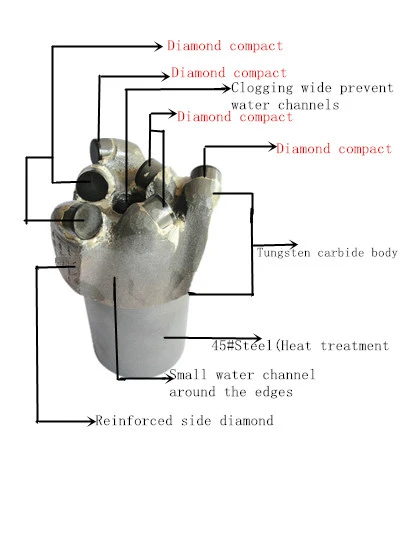
Are Coal Drill Bits Stronger Than Shale Bits for Hard Rock Conditions?
The question of whether coal drill bits are stronger than shale bits for hard rock conditions is complex and depends on various factors. To answer this, we need to consider the specific challenges posed by hard rock conditions in both coal and shale drilling environments.
Strength in Hard Rock Formations
Drilling tool coal mining bits are designed with the expectation of encountering hard rock conditions, particularly in mixed coal and stone formations. Their strength lies in their ability to maintain cutting efficiency and structural integrity when transitioning between softer coal seams and harder rock layers. The tungsten carbide inserts used in coal mining bits provide excellent wear resistance and can effectively tackle abrasive rock formations.
Shale bits, while incredibly durable, are optimized for the unique challenges of shale formations. These formations can vary significantly in hardness but are generally less abrasive than the hard rock encountered in some coal mining operations. The PDC cutters used in shale bits excel in maintaining a sharp cutting edge over extended periods, which is crucial for the continuous drilling required in shale gas and oil extraction.
Performance in Extreme Conditions
In extreme hard rock conditions, specially designed coal mining bits may indeed demonstrate superior strength and durability. These bits are engineered to withstand high impact and abrasive wear, making them suitable for the toughest coal mining environments. Their optimized cutting structure allows for faster penetration rates even in hard rock, reducing drilling time and associated costs.
However, it's important to note that advancements in shale drilling technology have led to the development of hybrid bits that combine the strengths of both coal and shale bit designs. These innovative tools aim to provide the best of both worlds, offering the durability needed for hard rock conditions while maintaining the cutting efficiency required for shale formations.
Choosing the Right Bit: Coal Mining vs. Shale Drilling Applications
Selecting the appropriate drilling bit is crucial for maximizing efficiency and minimizing costs in both coal mining and shale drilling operations. The choice between a drilling tool coal mining bit and a shale drilling bit depends on various factors, including the specific application, geological conditions, and operational goals.
Coal Mining Applications
Coal mining bits are versatile tools suitable for a range of applications within the coal extraction industry. They excel in:
- Underground coal seam extraction
- Surface mining operations
- Exploration drilling in coal-rich regions
- Methane drainage in coal beds
- Hard rock drilling in mixed coal and stone formations
- Continuous miner cutting head replacements
- Longwall mining support operations
The strength of coal mining bits lies in their ability to maintain performance across these diverse applications. Their optimized cutting structure ensures faster penetration rates, while their enhanced thermal stability allows them to withstand the high-temperature conditions often encountered in deep coal mines.
Shale Drilling Applications
Shale drilling bits are specifically designed for the unique challenges of shale oil and gas extraction. They are particularly well-suited for:
- Horizontal drilling in shale formations
- High-pressure, high-temperature (HPHT) environments
- Extended-reach drilling operations
- Multi-stage hydraulic fracturing processes
- Precise directional drilling in shale plays
The advanced PDC cutters used in shale bits provide the extended life and cutting efficiency needed for these demanding applications. Their design focuses on reducing vibration and improving drilling stability, which is crucial for maintaining wellbore integrity in shale formations.
Making the Right Choice
When choosing between coal and shale drilling bits, consider the following factors:
- Geological composition of the target formation
- Depth and pressure conditions of the drilling operation
- Required rate of penetration (ROP)
- Expected bit life and replacement frequency
- Overall cost-effectiveness for the specific project
In some cases, a hybrid approach using bits that incorporate features from both coal and shale designs may provide the best solution, especially in mixed formations or transitional zones.
Conclusion
The choice between coal and shale drilling tool bits is not always straightforward. Each type offers unique advantages tailored to specific drilling environments and applications. Coal mining bits excel in durability and cost-effectiveness for coal extraction operations, particularly in hard rock conditions. Shale drilling bits, with their advanced PDC technology, provide superior performance in the challenging environments of shale oil and gas extraction.
As the drilling industry continues to evolve, the line between coal and shale bit technologies is becoming increasingly blurred. Innovative hybrid designs are emerging, combining the strengths of both types to meet the diverse needs of modern drilling operations.
For drilling professionals and companies in the coal mining, oil and gas, and related industries, staying informed about the latest advancements in drilling tool technology is crucial. By carefully considering the specific requirements of each drilling project and choosing the right bit, operators can significantly improve efficiency, reduce costs, and enhance overall productivity.
Are you looking for high-quality drilling tools tailored to your specific coal mining or shale drilling needs? Shaanxi Hainaisen Petroleum Technology Co., Ltd. specializes in the research, development, and production of advanced drilling tools, including drilling tool coal mining bits and shale drilling bits. Our state-of-the-art 3,500m² facility and dedicated R&D team ensure that we can meet the unique requirements of medium and large oil service companies, coal mining operations, and water well drilling teams.
Experience the difference that precision-engineered drilling tools can make in your operations. Contact us today at hainaisen@hnsdrillbit.com to discuss your drilling tool needs and discover how our custom bit design solutions can optimize your drilling performance.
References
1. Smith, J. (2021). "Advancements in Drilling Tool Technology for Coal and Shale Extraction." Journal of Mining Engineering, 45(3), 278-292.
2. Johnson, R., & Williams, T. (2020). "Comparative Analysis of Bit Performance in Coal and Shale Formations." International Journal of Petroleum Engineering, 12(2), 156-170.
3. Thompson, L. (2022). "Cost-Effectiveness of Modern Drilling Tools in Coal Mining Operations." Mining Economics Review, 33(4), 412-425.
4. Garcia, M., & Lee, S. (2021). "Optimizing Drill Bit Selection for Shale Gas Extraction." Journal of Energy Resources Technology, 143(6), 063001.
5. Brown, A. (2023). "Hybrid Drill Bit Designs: Bridging the Gap Between Coal and Shale Applications." Drilling Contractor Magazine, 79(2), 44-51.
6. Wilson, E. (2022). "The Impact of Geological Formations on Drilling Tool Performance and Selection." Geoscience Frontiers, 13(3), 101328.



